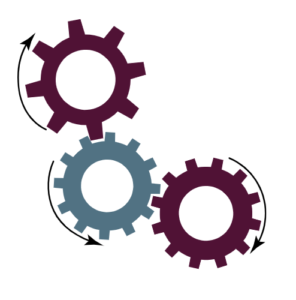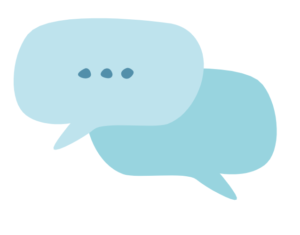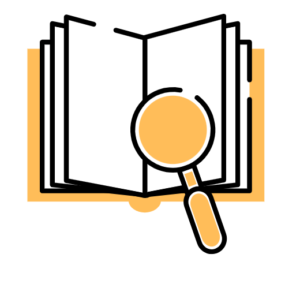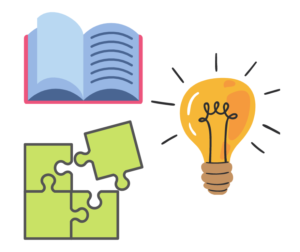
When I reflect on myself as a learner, I know that I need time to process information. This means when I am a participant in professional learning, I often don’t verbally participate because 1) I am processing my own thoughts, and 2) I am processing the thoughts of others when they participate. By the time I am done processing, someone else has jumped in to share their thoughts (and then my own processing cycle repeats), or we’ve moved on to a different topic. From the facilitator’s point of view, it would be hard for them to know what, if anything, I’m getting out of the professional learning.

The same thing can happen in the classroom. When I was a teacher, I had many students who didn’t verbally participate, but were cognitively engaged in the work. I was able to see their engagement, thinking, and learning through the utilization of thinking routines from Project Zero through the Harvard Graduate School of Education. Thinking routines guide students’ cognition and encourage active learning.

As teachers, our goal is to ensure students learn. An effective way to do this is to make students’ learning visible through research-based strategies such as thinking routines. When learning is visible, students can take ownership of their learning because they know where they need to grow and develop. It also helps teachers know where they need to re-teach because they know each student’s level of mastery.
Thinking routines are bite-sized in nature, easy to implement, and deepen critical thinking. They are manageable and straightforward routines that become habitual in the classroom, leading to increased learning for all students. Connect, Extend, Challenge and Headlines are two visible thinking routines from Project Zero you can implement into your existing curriculum with any grade and any subject.

I love utilizing Connect, Extend, Challenge after students have engaged in new learning. This routine helps students draw connections between new learning and prior knowledge. This strategy encourages students to note their questions and struggles as they reflect on their learning. After new learning, have students engage in a reflection through the following three questions:
- How is the content connected to something you know about?
- What new ideas or impressions do you have that extended your thinking in new directions?
- What is challenging or confusing? What do you wonder about?
After students have responded to the questions, have them discuss with partners, in small groups, or as a whole class. Consider having students respond in a Padlet! Feel free to hit “remake” to have your own copy of the Padlet.

Headlines is another effective routine to help students summarize the purpose of a particular idea or topic. This routine prompts students to recap what was learned and draw some conclusions. I’ve always used this strategy at the end of class as a closing activity. At the end of class or after a discussion, pose the following question: If you were to write a headline for this topic or issue right now that captured the most important aspect that should be remembered, what would that headline be? I love providing students an opportunity to write their headline, share with their neighbor, and then discuss as a class.
I loved utilizing thinking routines when I was in the classroom because they provide time for students to internalize their learning, and they provide quick and immediate feedback to you as the teacher. You can see in live time if students are with you, or if they need more information or opportunities to practice. Thinking routines can be easily implemented into your classroom tomorrow. Which thinking routine will you start your class with?
